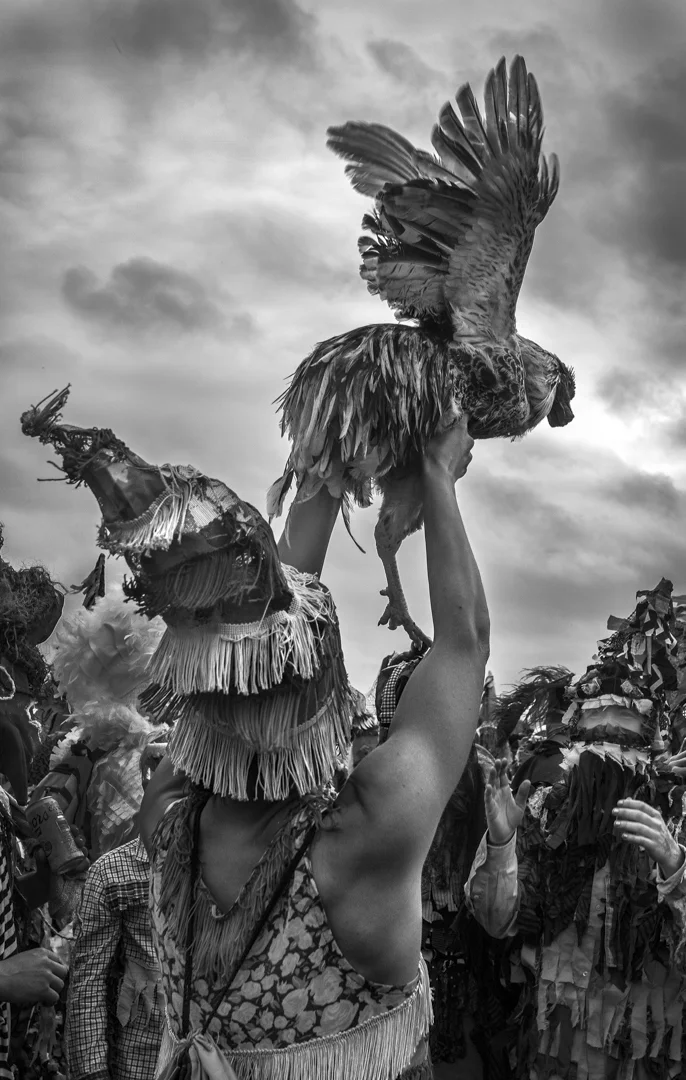Capturing the Cool Black Aesthetic in Photography
Author: Lindsey M. Burgess
The month of February is dedicated to Black History, where we temporarily divert our attention from social issues that plague Black American life and celebrate the accomplishments. We commemorate the rich cultural legacy of African-Americans who were the first in their field, or paved the way for movements championing racial and gender equality. Despite enduring historical atrocities and systemic violence, African-Americans have resisted by employing a level of "coolness" that has been documented in photographs throughout history.
In Joel Dinerstein’s The Origins of Cool in Postwar America, Dinerstein chronicles the origins of cool dating back to upper crust English society, to more modern individualistic notions, where African-Americans became the first purveyors. Maintaining cool in the midst of blatant racism was imperative for survival. The response to incessant vitriol, degradation, brutality, and imprisonment was to maintain an “unbotheredness”, a physical non-reactive detachment from any sort of care about being on the margins of society. Hence, the origins of the cool Black aesthetic is rooted in African-Americans inability to navigate freely in American society. Early twentieth century notables such as Richard Wright, James Baldwin, and Josephine Baker, who flocked to France in the early twentieth century, were among the first to internationalize the aesthetic.
Photo: Wikicommons
During the Civil Rights Movement, when photography/video became widespread, it was not uncommon to see African Americans resisting in the face of brutality. One of the most poignant images from the Civil Rights Movement was the photo of sixteen-year-old Elizabeth Eckford walking to integrate Central High School in Little Rock, Arkansas taken by Will Counts at the Arkansas Democrat.
Photo: Wikicommons/Will Counts/Arkansas Democrat
Eckford graciously traversed the crowd of racists, her emotions tucked behind her sunglasses. Seemingly stoic, this outer layer of “unbotheredness”, captured in the photo, is a testimony to the detachment African Americans have always had to portray in order to preserve sanity. However, this physical detachment shouldn't be mistaken as an emotional detachment. Eckford's only choice was to maintain her composure. If she didn't, she would've placed herself in more danger. One’s ability to "keep cool" was also one’s attempt to resist the opposing structures, much larger and more powerful, that attempted to dismember this layer of protection.
After Martin Luther King Jr. was assassinated in 1968, a new group of actors came to prominence: The Black Panther Party. Developing an aesthetic contrary to their predecessors, the Black Panthers represented a new era of cool, whose existence was based off of individual and collective resistance. The way the Black Panthers were photographed is indicative of their relationship with American society.
Photo: Howard Bingham
One photo in particular is of Black Panther co-founder Bobby Seale and party member Kathleen Cleaver, standing amongst other Panther men decorated in black leather jackets and berets taken by the late Howard Bingham. Cleaver’s hands are folded lowly across her chest and she stares ahead behind her black sunglasses. Bobby looks away from the camera and grooms his afro in defiance. In the background, none of the men seemed moved by their picture being taken; their stance is relaxed and cool, not upright and assuming position. This same defiance is mirrored today when Black American youths are captured in photos.
Whether this coolness captured in photos is intentional or innate, it’s part of the generational underpinning that has always separated African-Americans from their counterparts. To merely exist in American society, as a Black person, was an act of resistance. Chronicling the ways in which African Americans have been captured in photography is one way to document how the Black aesthetic has evolved and continues to be a hallmark of cool in mainstream American culture.










